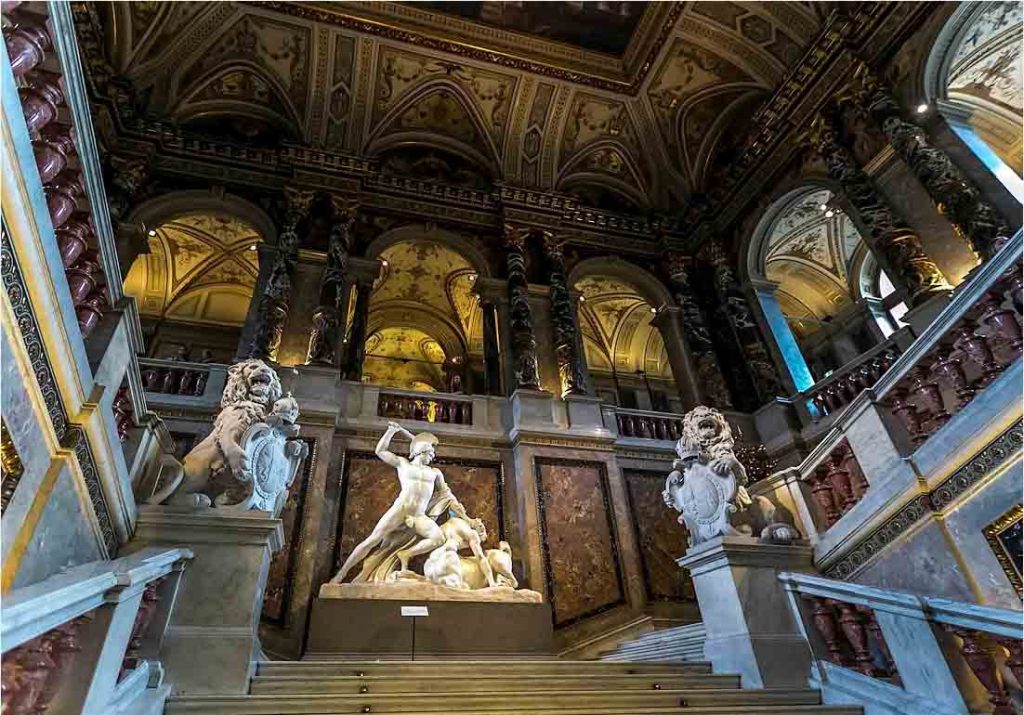Professions in the field of design and illustration are as diverse as the artists employed in them. This also applies to the museum industry. An art director is needed both for the painters themselves to promote their work, and in the gallery, museum, and the center of modern art for working with authors, organizing exhibitions, and adapting the museum space for new projects. Today we look behind the scenes of the work of creative and art directors employed in the museum and beyond.
Design directors carry out various functions and wear many hats. The profession of art director covers a wide area of activity, but first of all it is associated with management in the creative sphere. Modern market conditions dictate special rules: for effective work and guaranteed results, making a creative director cover letter and having a developed team management skill is not enough.
What do an art director and creative director do?
The roles of creative and art directors may vary from company to company. This is usually the position of a leader with key organizational skills and training in the field of art and design. The following are some of the tasks of the director’s daily life:
- Project Management: Organizing and guiding the project from concept to delivery. If you are still can’t decide how far back should a resume go when you write your work history, now you know for sure. Regardless of whether it is a team leader or a single creative worker in a project, a creative or art director must have excellent organizational skills in order to be able to combine several things together for a successful result. Often it is a creative or art director who assigns tasks to other team members, develops deadlines, and at the end draws all the details together to create the final presentation or product.
- Creative vision: Keeping the brand and vision of the company, client or project clear and clearly focused. It takes a lot of time and skill to not only compose several parts together, but also to make sure that they are interconnected. A company’s brand should have a certain style, vision and voice, as a whole or in every project. Thus, the director must monitor the components of branding and make sure that any product or media created exactly matches the brand guidelines.
- Organization of work between departments: Coordination of the work of several departments, especially those that are not associated with the creative team, to achieve the success of the project. This can concern everything, from accounting (often projects need a budget) to the human resources department (for the needs of the company and its employees), management (heads and directors from other departments) and so on. A key quality for any director is the ability to work productively with others, especially with people from other departments.
- Lead designer or artist: The concept of work or the appearance of a project can begin with a director. This is not true for everyone, because some directors are more involved in the technical or managerial side of the process, but many, especially creative directors, are quite savvy in their role and can develop the appearance of a project for a company or client. There are different companies, and in them there may be a separate position as a leading artist (or artists). At the same time, most of the artists I spoke with had practical design skills.
- And much more. It is difficult to sort out such a key role, because your role in the work may differ from project to project. It is clear that it requires self-motivation, leadership skills, organization, developed artistic skills and the ability to work productively with others. Creative team directors must cope with a variety of tasks, successfully complete projects, and lead their team or company to the next.

What is insight and how to find it
Understanding your audience, its thoughts and feelings, background knowledge leads the art director to create the most successful and popular projects. To designate these hidden pieces of information that are important for the target audience, experts in the field of advertising, marketing and contemporary art borrowed the term insight from psychologists (from the word insight, insight, an unexpected solution to a problem).
The creative team is trying to “look at the world through the eyes of the buyer”, understand its problems and provide a short and visually interesting solution that helps to overcome the barrier to perceiving benefits. Insight helps build communication between the seller and the future buyer – “we both understand the problem, and our product will solve it in the best way.”
For example, advertising Ax’s male deodorant for a youth audience refers to insight – all young people want girls to like them, and the more they are, the better. A series of commercials interestingly and with humor beat this insight and catches the target audience. The search for insight is the most important and most interesting thing in the work of a creative director. A correctly found insight and its competent visualization distinguishes a product or service from a number of others, affects the company’s sales and profits.
Advice from creative and art directors
“Do not be afraid to go to practice after graduation. “Almost everyone I know in this area started out as a trainee … it’s definitely a good way to get into the company.” – Casey Lam, art director at Creativity180.
“Think of other people. Your relationship with the team and other people will be the key to your success. ” – David Jarvis.
“When you are part of a team, you need to be a person to whom you can come if you need help or support regarding a client, and who can be asked if the chosen direction is correct. All this is you. You are also a Superhero. ” – James Okonell